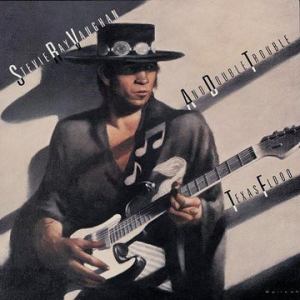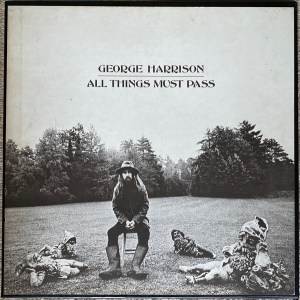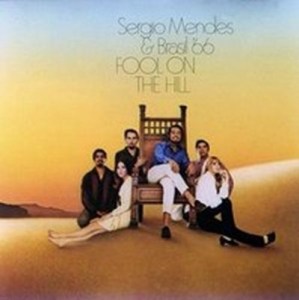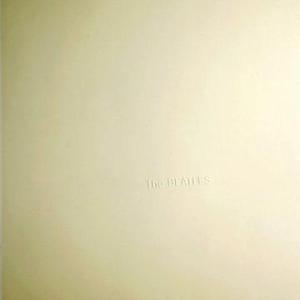More Stevie Ray Vaughan
More Electric Blues
- With solid Double Plus (A++) grades from first note to last, you’ll have a hard time finding a copy that sounds remotely as good as this vintage Epic pressing
- Both of these sides here are remarkably big, full and natural sounding with an abundance of energy and presence
- 5 stars: “It’s hard to overestimate the impact Stevie Ray Vaughan’s debut, Texas Flood, had upon its release in 1983… Vaughan became a genuine star and, in doing so, sparked a revitalization of the blues…”
This copy gets Stevie’s room-filling guitar to sound about as rich and powerful as a recording of it can. When playing this record, first make sure the volume is up good and high. Now close your eyes and picture yourself in a blues club, with the volume ten times louder than your stereo will play. Electric blues played at loud levels in a small club would sound pretty much like this album does, a bit messy but also real.
If you’re one of those audiophiles who insists on proper soundstaging with layered depth and pinpoint imaging, forget it. That’s not in the cards. The producers and engineers were going for the “live in the studio” sound with this one (and most of his other albums it seems), which means it’s a jumble image-wise.
But that’s the way you would hear it performed live, so where’s the harm?









